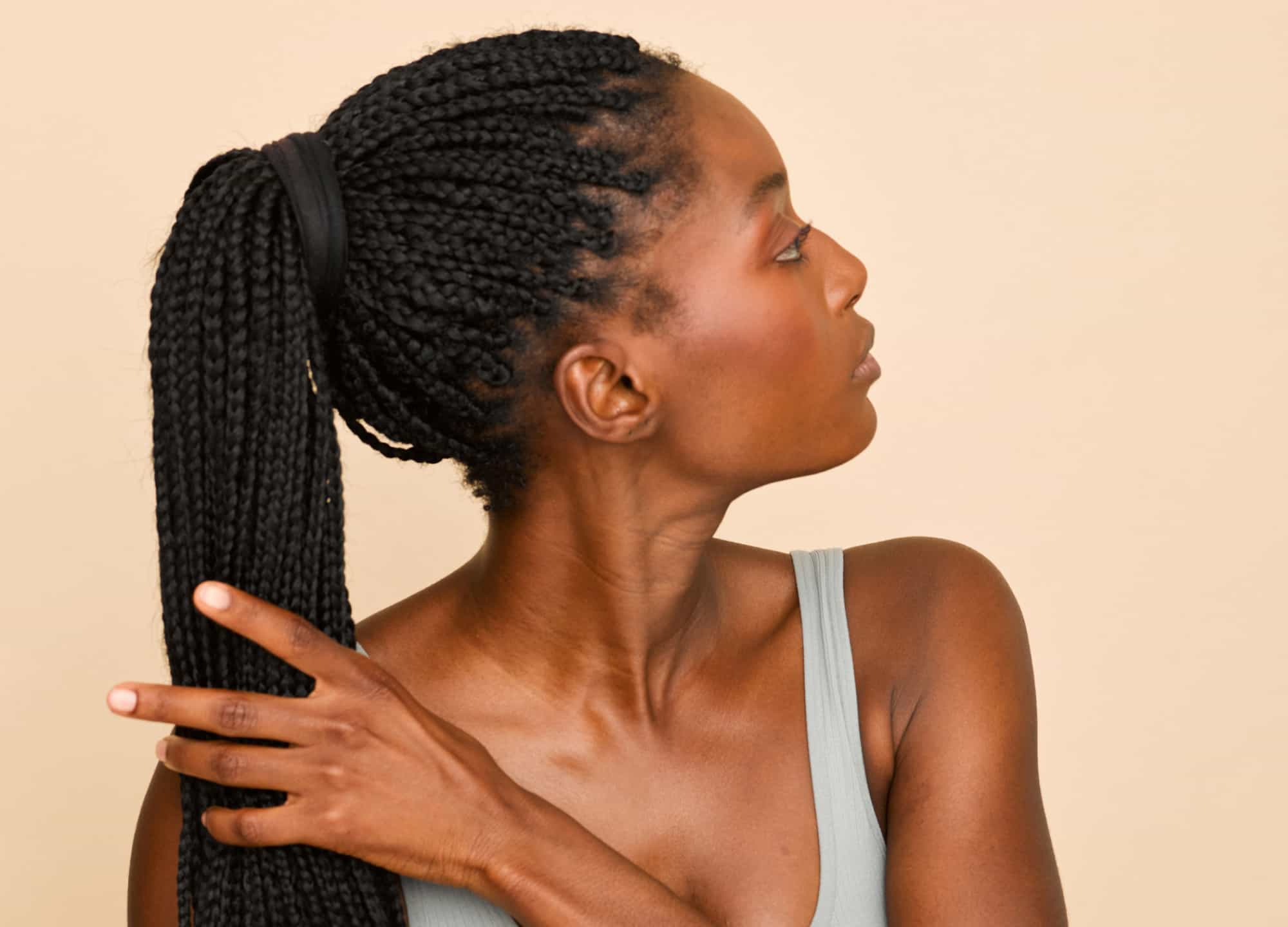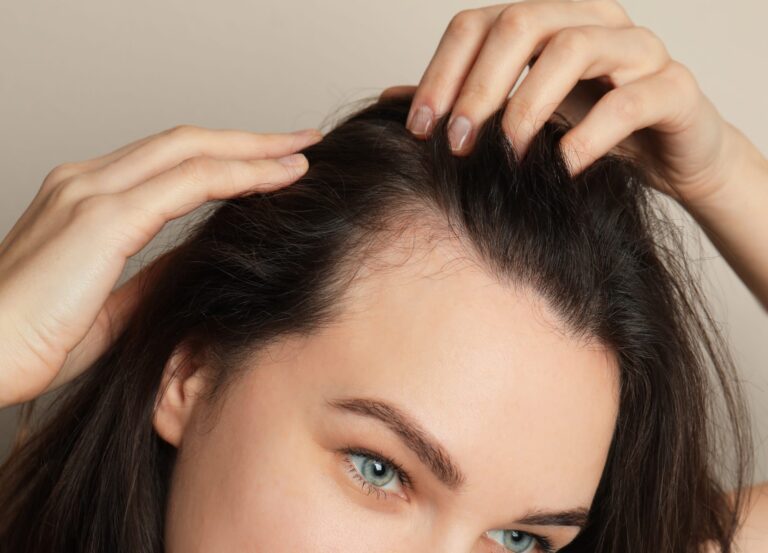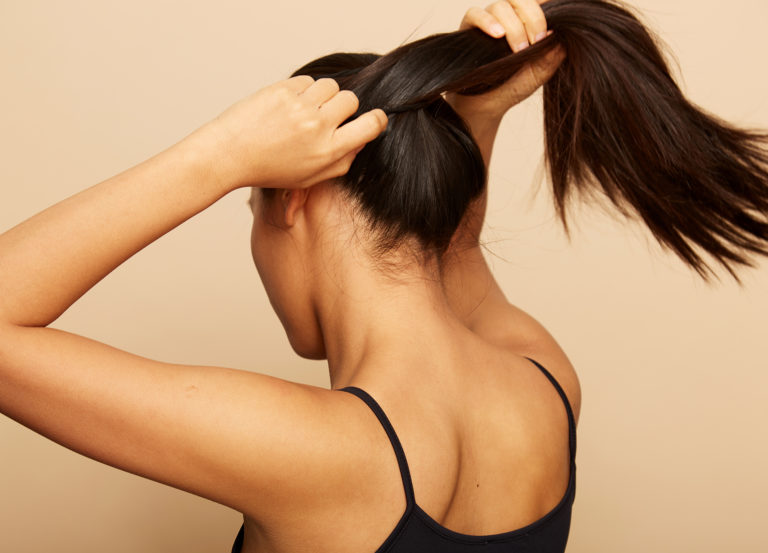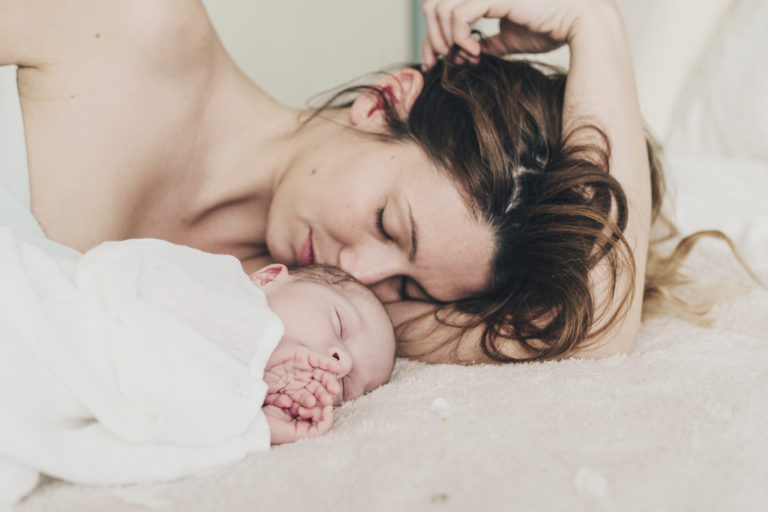Hair loss is top of mind these days, with more and more women opening up about their struggles with it. Not only that, but recent research found a steep rise in hair loss among people of color amid the pandemic—so the enduring popularity of hair transplant surgery isn’t all that surprising. Plus it has a relatively high patient satisfaction rate and can offer natural-looking, long-lasting results.
However, hair transplantation is not usually covered by insurance, as it’s considered an elective procedure, which is why it’s worth going the extra mile to protect your investment. Whether you choose follicular unit transplantation (FUT), which involves grafting a strip of skin, or follicular unit extraction (FUE), which moves individual follicles one at a time, the proper post-transplant protocol is key—in particular, caring for the grafted skin or hair follicles. “It is best to keep the grafts well hydrated and clean,” says Beverly Hills, California, board-certified facial plastic surgeon Dr. Natalie Attenello. “Scabs will form, and you can gently soften and tease these off, to keep the area as clean as possible, for best growth and results.”
The recovery experience can vary from person to person. “Most patients will feel well enough to resume daily activities the very next day for both FUE or FUT harvest surgery,” says Los Angeles hair restoration surgeon Dr. Jae Pak, who notes that the recommendations may be different, depending on your provider. That said, some activities and habits should be off limits for a certain period of time. Here’s what should be avoided to help transplanted hairs take root and get the best possible results.
1. Don’t get a haircut or color
Don’t schedule an appointment at the salon just yet. “It’s best to wait five days to have the donor area cut and three weeks before the recipient area is manipulated, to avoid disrupting follicles,” says New York City board-certified facial plastic surgeon Dr. Gary Linkov. While keeping both areas clean is essential for healing, it’s best to otherwise stay hands-off for a few days. And consider coloring or chemical treatment off the table for a few weeks, as “the chemicals used could adversely affect graft survival,” he says.
2. Don’t use styling products
Hold off on styling products too as well as any topical products or medications that promote hair growth, since both can interfere with keeping the recipient area clean. While the exact timing varies from patient to patient, Pak says, “in general, you should avoid topical products for about one week.”
3. Don’t do an intense workout
The experts diverge on this point. “Usually, light exercise should be avoided for at least 7 to 10 days with FUE and two to four weeks with FUT,” says Dr. Attenello. “It is best to be gentle in the immediate postoperative period, as the grafts are still delicate and can become dislodged with any rough activity.” However, Dr. Pak tells his patients that light weight training and cardio is okay after just two to three days—although contact sports are out of the question. Go with your surgeon’s recommendation, as they’ll know what’s worked for other patients, and dial back the intensity once you do return to the gym.
4. Don’t sit out in the sun
Postpone that beach weekend, since the sun is best avoided at all costs post-transplant. “When the hair follicles are freshly placed, we want to keep them moist,” says Dr. Attenello. “If they are exposed to the sun for too long, it can cause the hair follicles to dry out.” Plus sun exposure in the transplanted area can lead to hyperpigmentation during healing, which can remain visible until hair grows in—which could be a matter of months.
5. Don’t wear tight hairstyles, wigs, or weaves
Protective styles, such as tight braids and knots, may protect hair from styling or heat damage, as the name implies—but they can also contribute to traction alopecia, as can wigs and weaves. Following a hair transplant, “it’s best to avoid them indefinitely if possible, especially if they were the culprit behind hair loss in the first place,” says Dr. Linkov.
6. Don’t wear fitted hats and hair coverings
You can wear hats, depending on the fit—which can be helpful if you’re looking to conceal any scars or bandages. The rule of thumb: “They’re okay only when worn loosely and without rubbing the recipient area,” says Dr. Linkov. Otherwise, friction could potentially disturb the newly transplanted follicles. So opt for floppy sun hats over tighter-fitting baseball caps.
7. Don’t wash your hair
Whatever the nuances between surgical methods, it’s always a good idea to wait before washing, since doing so too soon can have big implications for transplantation success. “For example, one clinic may use larger-than-average incisions to fit your hair follicle,” explains Dr. Pak. “If the ‘holes’ are relatively loose when the hair follicle is inserted, washing your hair too early may cause them to fall out.” And if the hair follicles weren’t trimmed, leaving the top layer of skin protruding out of those aforementioned holes, “washing your hair too early may cause them to be waterlogged and swell up,” he says. This could interfere with the healing process, potentially prolonging it.
8. Don’t apply water to other areas
To wash or not to wash? The answer can be less obvious for hair moved to other areas of the body than it is for hair on your head. “No water should be on the grafts for six days post-surgery when doing certain specialized hair transplant procedures—that is, eyebrows, beard, and pubic hair,” says Dr. Linkov. “This is due to the acute angle of placement, where the grafts are at a higher risk of being disrupted.”
9. Don’t be too careful
It can be stressful to do anything post-surgery without worrying about whether it’ll disturb the grafts. But being overly cautious can inadvertently backfire. “Sometimes patients are too scared to touch the grafts, and therefore neglect the post-operative instructions, which leads to increased crusting and scabbing,” Dr. Attenello explains. “Once the crusts form, which is normal and expected, patients should gently cleanse the area so the scabs soften and fall off more quickly.” Dr. Pak agrees. “The grafts are relatively secure after the first three days post-procedure and are difficult to dislodge,” he says. “It is best to take it easy during that period, and then go enjoy your life as you wait for the hair growth to take place.”











